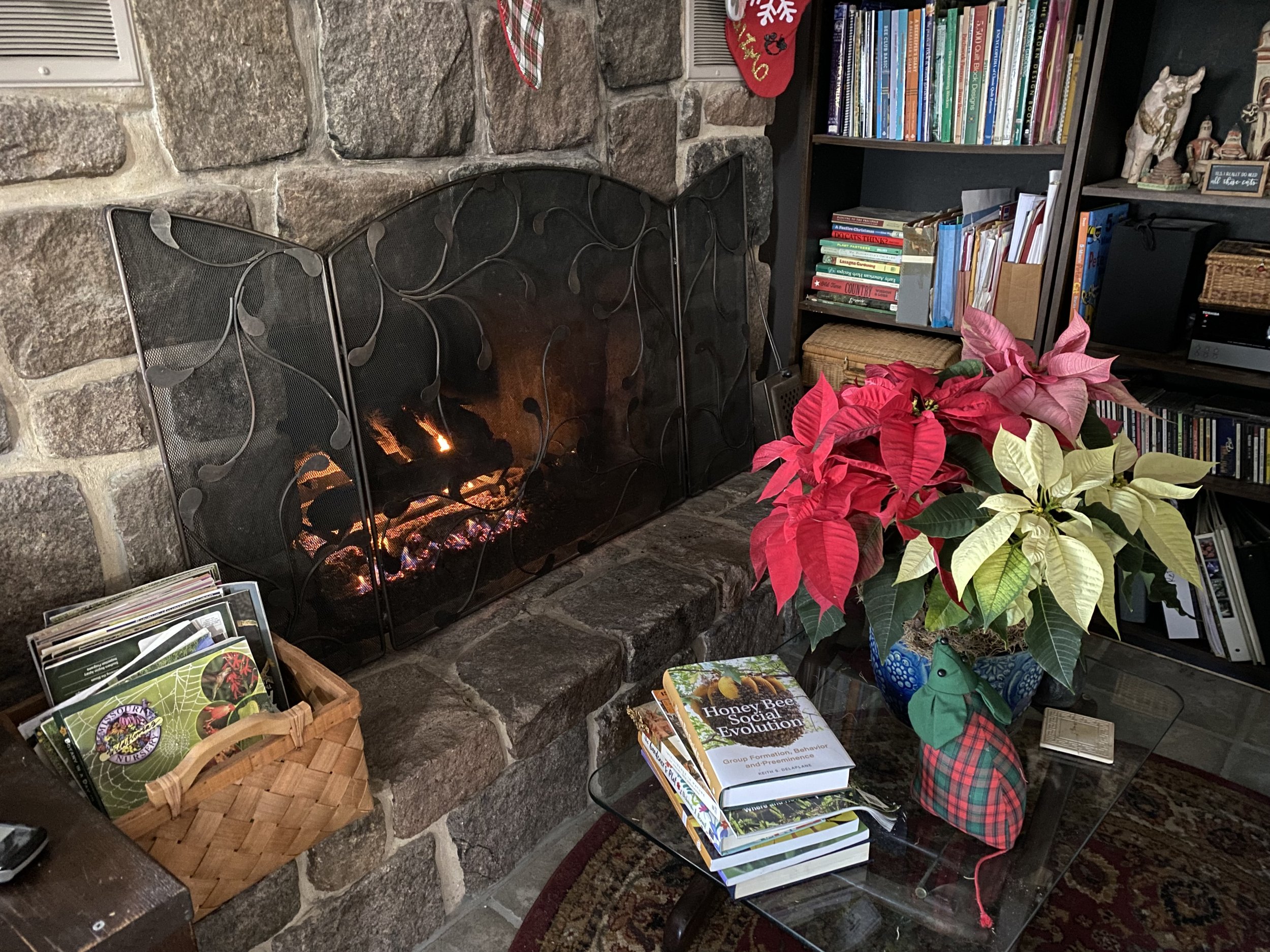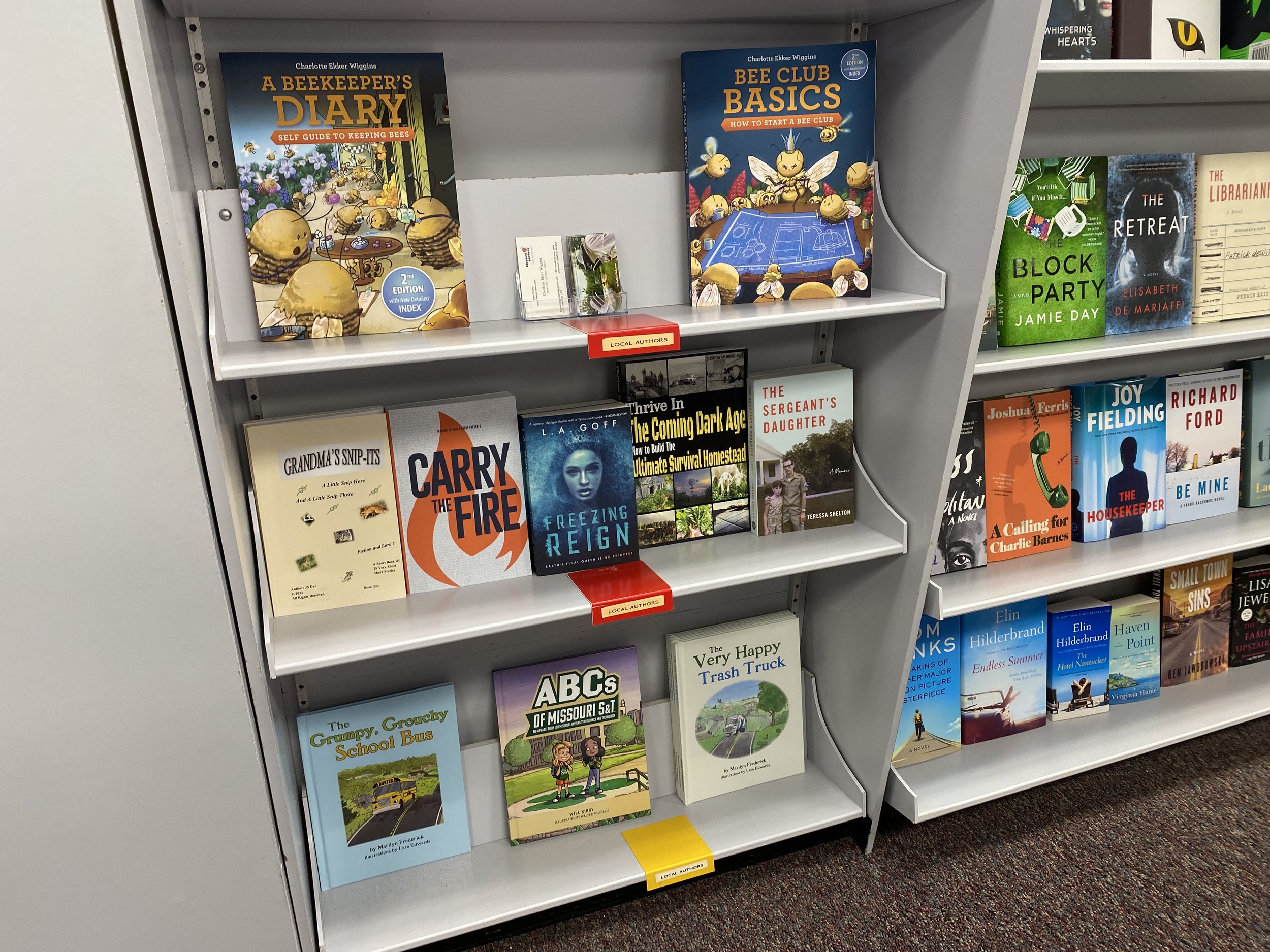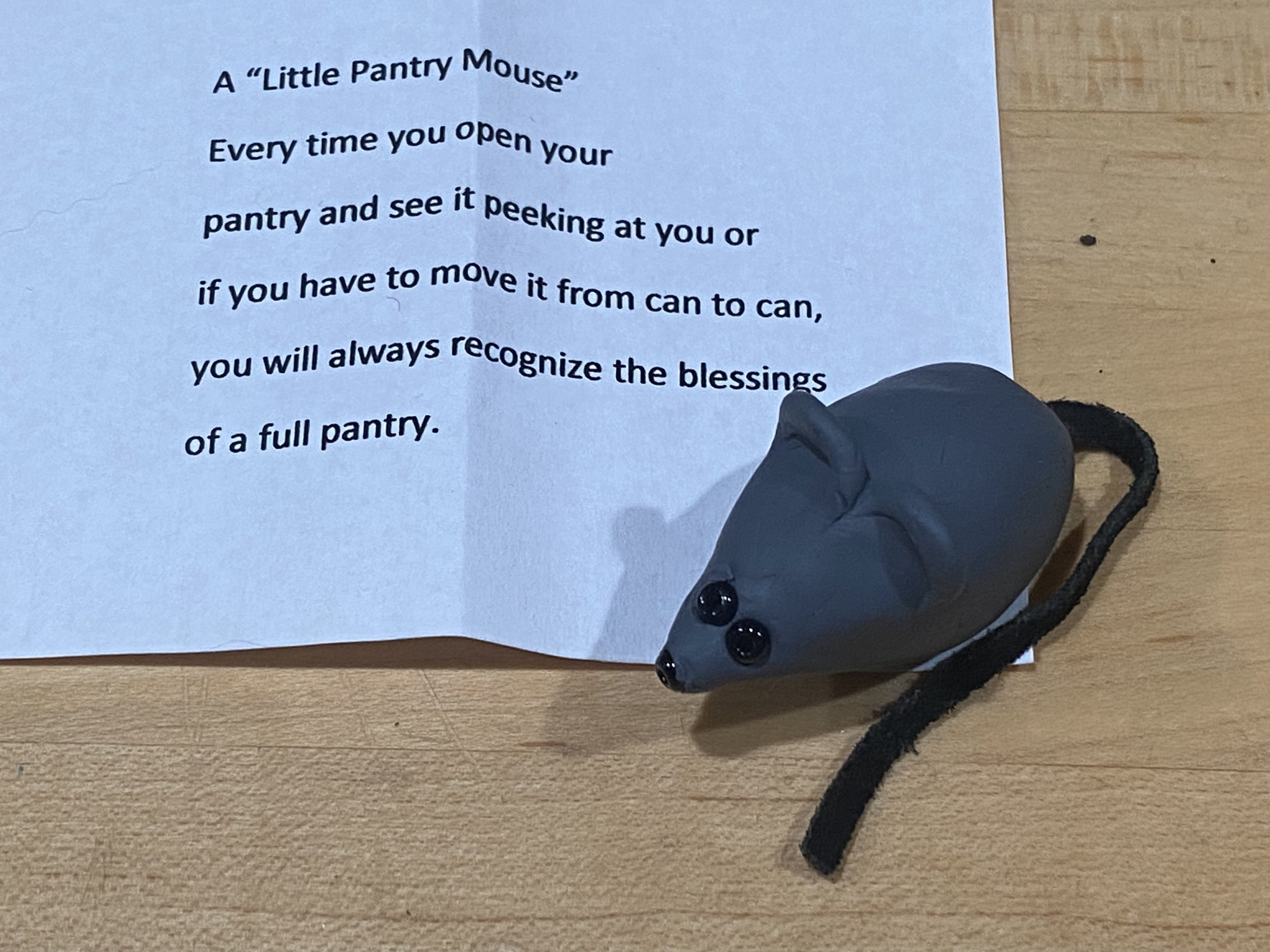Fall Dried Flower Wreaths
/The free form fall dried flower wreath on my apiary storage door. (Photo by Charlotte Ekker Wiggins)
Fall Dried Flower Wreaths
It’s that time of year when we unpack sweaters, stock up on hot chocolate, and in my mid-Missouri hillside home, pick dried flowers. Not just any dried flowers, they have to be unusual, interesting and hopefully edible. If they have color when they dry, even better. And I don’t pick all of them out of a flower bed, I leave a good half or more for winter bird food.
These dried flowers are how I add color, and texture, to the dried wild grapevine wreaths I have either made or bought at thrift stores. The wild grapevines are now protected on public lands but you may find some growing in your own backyard. These are the vines that sometimes pop up in undeveloped areas and grow small clusters of grapes late in spring.
Grapevine wreaths are also simple to make; the most challenging ingredient is time to allow them to dry. I then give them a spray of clear polyurethane to help preserve them since I leave them outside on doors and walls.
This deck wreath is a bit of a mess but I can’t currently reach it to reorganize what is in the wreath. The black ladybug has a welcome sign at the bottom. (Photo by Charlotte Ekker Wiggins)
To start, I keep an eye out for any evergreen boughs that have been cut down. If they have pine cones still attached, even better, the evergreen helps to provide a back drop for the rest.
Wild yellow indigo turns grey by August. Dried hydrangeas also nicely fill in space and, if dried correctly, can also add color. To dry, cut off the flower heads; tie with twine and hang upside down to dry. How long depends on how humid conditions are when you are drying them, I check that the stems are dry before using them.
For a spot of blue, something a little more lavender than this blue double wedding ring quilt, I pick up Russian sage cuttings, they are airy flowers once dry on sturdy stems. Dried lavender would also work, as would any other flowering herbs.
Dried Russian sage, hydrangeas and sun artichoke seed heads give this garage door some color. (Photo by Charlotte Ekker Wiggins)
To give my birds a treat, I include pyracantha berries, those are the bright orange ones. A friend gave them to me after trimming her pyracantha bushes.
Dried native flowers, such as any of the sunflowers, cup plants and black eye susans can also bring in a pop of color and give birds a snack later in the season.
I love adding abandoned birds nests to my wreath. One year, the nest was even re-used! (Photo by Charlotte Ekker Wiggins)
I don’t find these all at once, they get added and layered as I go along. I pick up hand fulls on walks and when friends are doing garden pruning.
Over winter, birds will clean some of the berries. Other wildlife may help themselves to the rest. By spring, the wreaths will be cleared and left with a few sprigs. I will compost what remains and enjoy the simplicity of the clean grapevine wreaths until late summer, when the search for new decorating material will begin again.
It’s a quest for balance. Spring and summer bounty is plentiful but winter is sparse. Having the riot of colors in my fall and winter wreaths are a promise of more growing seasons ahead.
Charlotte















